
Scientific Name: Symphysodon aequifasciatus and S. discus
 Breeding Method: Nest builders.
Ease of Breeding: Moderate to Difficult.
Introduction: These fish are often called "the king of aquarium fish," and with good reason: their saucer-shaped bodies, languid swimming patterns, and bright colors make them a standout in any tank. However, they are finicky about the parameters of the water in which they are maintained, and even fussier when-breeding
Sex Differences: Difficult to distinguish. Males' spawning tubes are thin and pointy, while females' are wider and blunt-edged, but since the tubes are visible only when spawning is imminent, many breeders start with a group of a half dozen juveniles and allow them to pair off naturally.
Water Conditions: Discus require very soft, acidic water in order to breed. Aim for a pH of aboutr 6.5, and a dH of about 2 or 3. Temperature should be 82° to 86°F.
Equipment: Start with a tank of at least 50 gallons and a mature filter, located in a quiet area away from direct-Sun. For ease of cleaning, keep the bottom substrate free, but add potted plants to help the discus feel more secure. Add spawning slates propped at an angle against the side of the tank or some commercially available terracotta spawnÂing cones. Discus may attempt to spawn on the heater, so cover it with mesh to proÂtect the eggs.
Conditioning and Triggers: Breeders report success raising a group of Discus in the main tank, then removing all but the breeding pair so as not to stress the bond between them. Condition Discus on beef heart and freeze-dried and live foods, and change about 20 percent of the water daily to prevent pH swings from decomposing food. Reluctant pairs may be convinced to spawn by raising
or lowering the temperature slightly, or doing a large water change using water very slightly cooler than that in the tank.
Spawning: Spawning often takes place in the evening. The pair will begin to clean their chosen site, usually a spawning slate, but sometimes one of the leaves of a plant. They may also "shimmy" at one another, and their colors may become brighter. Then the female will lay a string of eggs on the nesting site and the male will fertilize them; when spawning is completed, they will take turns guarding the eggs.
Brood Size: Up to 400.
Fry Care: The fry hatch in anywhere from 24 to 60 hours, and become free swimÂming in about five days. For ten days after that, they will feed off their parents' slime coats, although they may also accept baby brine shrimp during this time. You may notice the parents bickering as they attempt to pass the fry off on one anothÂer. If this occurs, separate them with a tank divider that has perforations large enough to allow the fry to move through. Water quality is critical when rearing disÂcus fry; do small partial water changes on a daily basis.
Special Notes: Discus do not sexually mature until they are at least two years old.
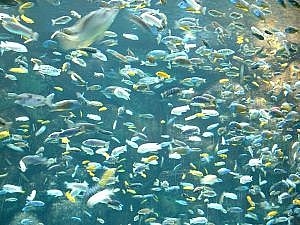 How to Feed an Oscar Fish
How to Feed an Oscar Fish
How to Feed
How to Feed an Oscar Fish
How to Feed an Oscar Fish
How to Feed
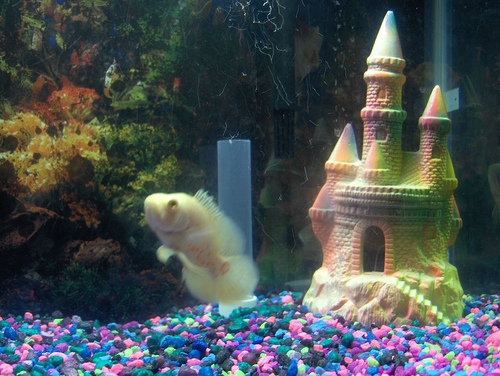 How to Make a Salt Water Fish Tank
How to Make a Salt Water Fish Tank
How
How to Make a Salt Water Fish Tank
How to Make a Salt Water Fish Tank
How
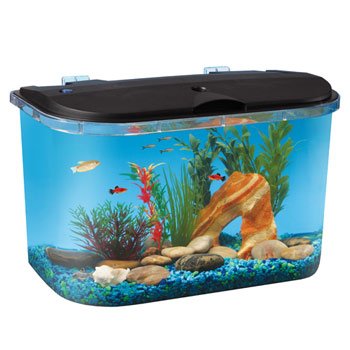 Tips for Maintaining a Freshwater Aquarium
Here are a few tips for main
Tips for Maintaining a Freshwater Aquarium
Here are a few tips for main
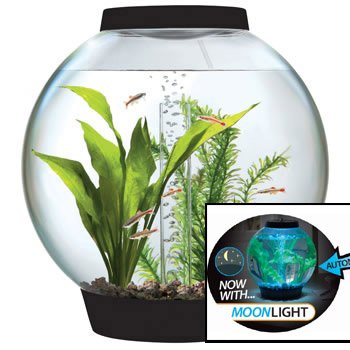 Benefits of the biOrb
biOrb AquariumsThe Best Aqua
Benefits of the biOrb
biOrb AquariumsThe Best Aqua
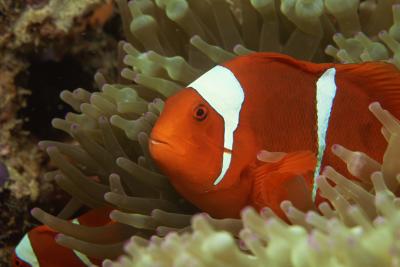 Clown Fish Small Tank Set Up for Beginners
Clown Fish Small Tank Set Up for Beginners
Clown Fish Small Tank Set Up for Beginners
Clown Fish Small Tank Set Up for Beginners
Copyright © 2005-2016 Pet Information All Rights Reserved
Contact us: www162date@outlook.com